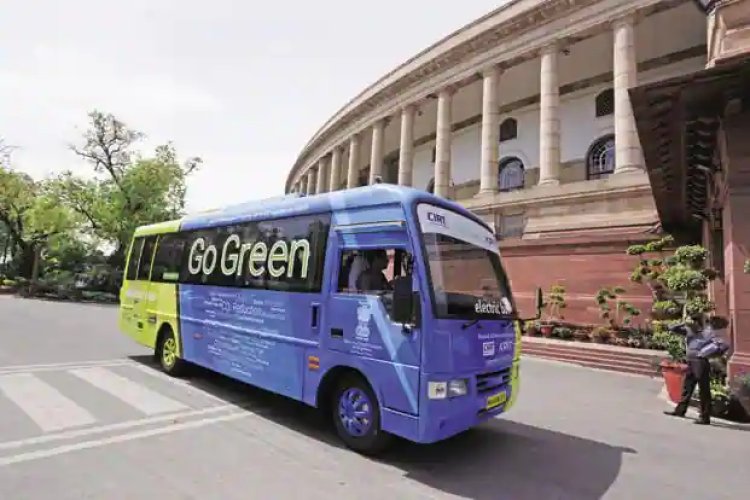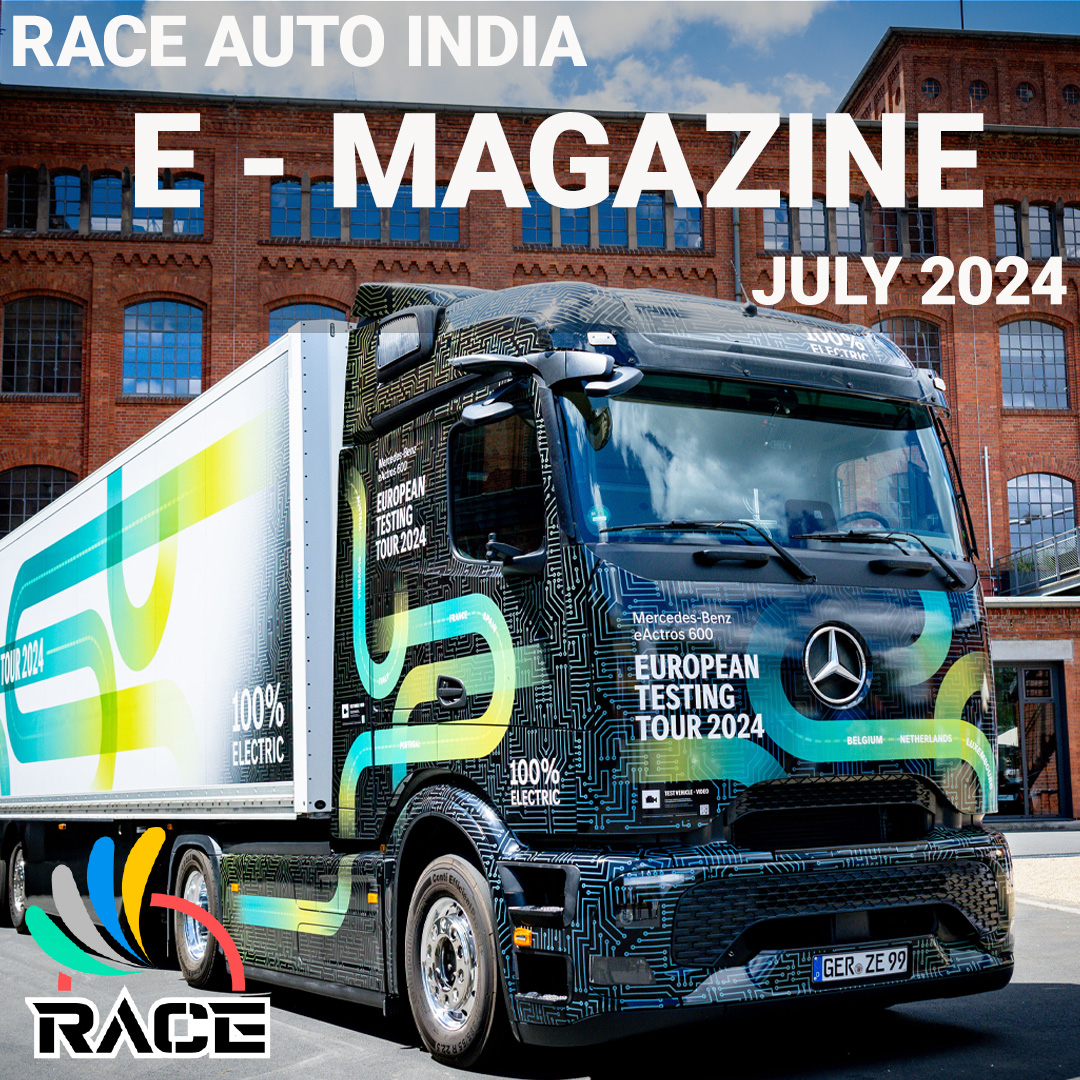India’s government extends FAME I to six months; fund proposed for Fame II
his would be inline with fortifying the National Electric Mobility Mission Plan 2020 (NEMMP), which aims to achieve electrification of cars, bikes, light commercial vehicles and city buses by 2020.

New Delhi – In continuation to the earlier extensions given for completion of FAME I Scheme1, it stands for the extended by another six months till September 2018. Under the scheme, USD123m was allotted and still not been exhausted fully.
We anticipate FAME I scheme closure by end of this financial year and FAME II getting implemented post union election which is to be held on May 2019. This would be inline with fortifying the National Electric Mobility Mission Plan 2020 (NEMMP)2, which aims to achieve electrification of cars, bikes, light commercial vehicles and city buses by 2020.
1FAME India Scheme – The FAME India Scheme is an abbreviation for the Faster Adoption and Manufacturing of (Hybrid & Electric Vehicles in India. This is an Indian government programme first introduced on April 1, 2015, to encourage manufacturers, component suppliers and other stake holders to invest in the manufacture, sale and support of hybrid and electric vehicles. Phase I of the original scheme ran for a period of two years i.e. April 1, 2015 to March 31, 2017. Some USD27.07m been claimed so far, predominantly by two-wheeler and car manufacturers. However, it is understood that both Tata Motors and Ashok Leyland are in the process of claiming some of this government funding.
2NEMMP was launched by the previous National Democratic Alliance (NPA) government in 2013 but was not implemented until the new government came into power (May 26, 2014). An agreement was signed off by prime minister, Modi, in Paris at the UN summit November 2015, which resulting in more initiatives with clear action plans. The proposal to encourage the uptake of electric vehicles is for vehicles to be sold without batteries at a 70% discount or subsidy equivalent. The batteries will be supplied and supported via a leasing model. There is a separate subsidy programme for city buses and e-rickshaws. There are tax breaks for OEM’s.


